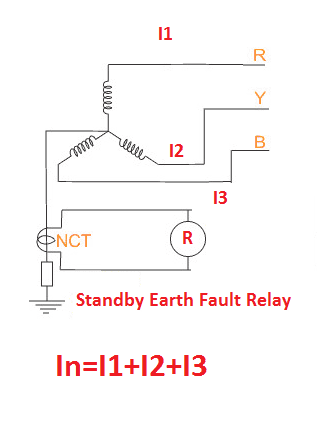How to Avoid cable Heating at Screw Terminal:
To avoid overheating of cable at screw terminal, you have to maintain proper cable tightness… in this tutorial, we are going to see how to maintain proper cable tightness..
Screw terminals are a widely used electrical connection. The screw of the terminal holds an electrical wire into the connection without an electrical connector attached to the wire. A hook bent on the end of the wire surrounds the screw, taking the place of an electrical connector. The direction you set the hook will determine how well the wire holds in the connection. Properly preparing the end of the wire prior to turning a hook will ensure full contact between the wire and the screw terminal.[wp_ad_camp_1]
Things You’ll Need
- Marker
- Wire stripper
- Needle-nose pliers
- Phillips screwdriver
Instructions
-
Place the end of an electrical wire on the stripping gauge located near the screw terminal. Align the end of the wire with the forward mark of the gauge. Mark the location where the wire meets the end of the stripping gauge with a marker.
-
Open the jaws of a pair of wire strippers. Align the mark you made on the wire with the edge of the wire stripper jaws. Squeeze the handles close. Twist the stripper around the wire. Pull the stripper toward the end of the wire to remove the coating from the end of the wire.
-
Grasp the bare end of the wire with a pair of needle-nose pliers. Twist the pliers clockwise to turn a hook on the end of the pliers.
-
Turn the screw of the terminal counterclockwise with a Phillips screwdriver.
-
Slide the bent wire hook under the loosened screw with the end of the hook facing clockwise.
-
Turn the screw clockwise to lock the wire in place.
- Make Full tight connection
- That all you have Avoided cable Heating at Screw Terminal




![What is Normally Open & What is Normally Closed [Video Included] What is NO and NC](https://www.electrical4u.net/wp-content/uploads/2020/09/What-is-NO-and-NC-218x150.png)






